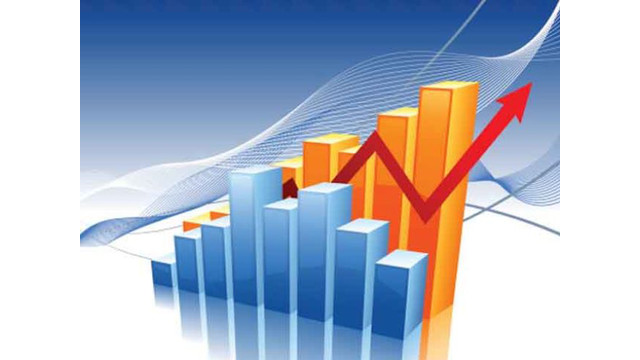Small Business
Retail Sales Forecast to Grow 3.5% or More in 2020, Despite Coronavirus and Trade War
Retail sales during 2020 will increase between 3.5 percent and 4.1 percent to more than $3.9 trillion despite uncertainty from the lingering trade war, coronavirus and the presidential election. That's according to a new forecast by the National Retail...
Mar. 02, 2020

Retail sales during 2020 will increase between 3.5 percent and 4.1 percent to more than $3.9 trillion despite uncertainty from the lingering trade war, coronavirus and the presidential election. That’s according to a new forecast by the National Retail Federation.
“The nation’s record-long economic expansion is continuing, and consumers remain the drivers of that expansion,” NRF President and CEO Matthew Shay said. “With gains in household income and wealth, lower interest rates and strong consumer confidence, we expect another healthy year ahead. There are always wild cards we cannot control like coronavirus and a politically charged election year. But when it comes to the fundamentals, our economy is sound and consumers continue to lead the way.”
Preliminary results show that retail sales during 2019 grew 3.7 percent over 2018 to $3.79 trillion, just short of NRF’s forecast of at least 3.8 percent growth, which had to be based on incomplete data because of last year’s government shutdown. The total includes online and other non-store sales, which were up 12.9 percent at $777.3 billion, beating NRF’s forecast of up to 12 percent growth. The numbers exclude automobile dealers, gasoline stations and restaurants.
Based on today’s forecast, 2020 retail sales should total between $3.93 trillion and $3.95 trillion. Online sales, which are included in the total, are expected to grow between 12 percent and 15 percent to between $870.6 billion and $893.9 billion.
NRF expects the overall economy to gain between 150,000 and 170,000 jobs per month in 2020, compared with an average 175,000 in 2019, and that unemployment – currently at 3.6 percent – should stay around 3.5 percent. Gross domestic product is likely to grow 1.9 percent, down from preliminary estimates of 2.3 percent in 2019.
“The economy is growing at a more modest pace, but the underlying economic fundamentals remain in place and are positive,” NRF Chief Economist Jack Kleinhenz said. “Consumers remain upbeat and have the confidence to spend, and the steady wage growth that has come with the strong job market is fueling their spending. The state of the consumer is very healthy.”
Kleinhenz cited unemployment that remains near a 50-year low and low interest rates that have spurred home buying and mortgage refinancing that should add to consumer spending on furniture and other home-related products. While disposable income has moderated recently, inflation has been low, and consumers have been confident enough to use their credit cards or savings to sustain their spending.
While consumers and small business owners are confident, Kleinhenz said corporate CEOs remain cautious over trade policy. Further progress to build on the Phase One trade agreement with China could boost the economy and accelerate corporate spending and hiring. Conversely, escalation of the trade war could discourage corporate investments. Meanwhile, the wide range of potential policy outcomes associated with November’s elections could cause both consumers and businesses to be cautious.
The forecast assumes that coronavirus does not become a global pandemic, but business confidence and retail sales could be impacted if factory shutdowns in China continue, particularly if delivery of holiday season merchandise is affected.
